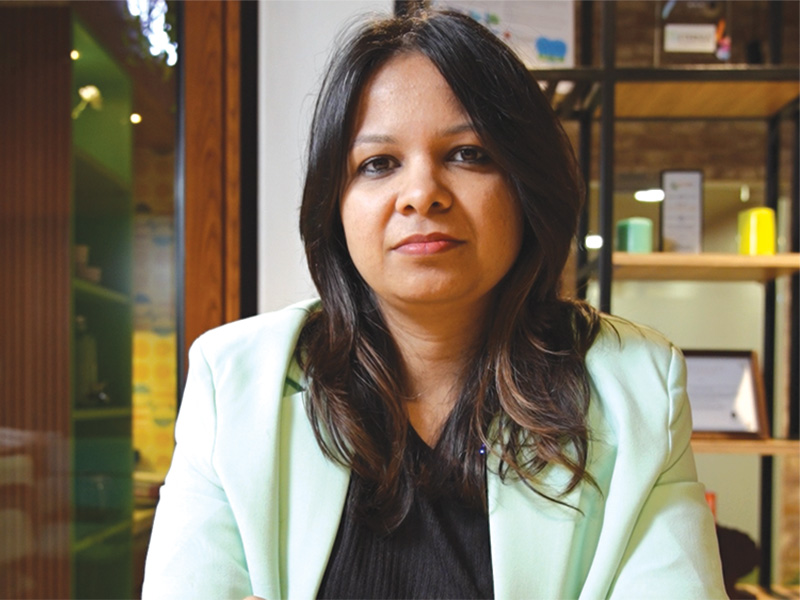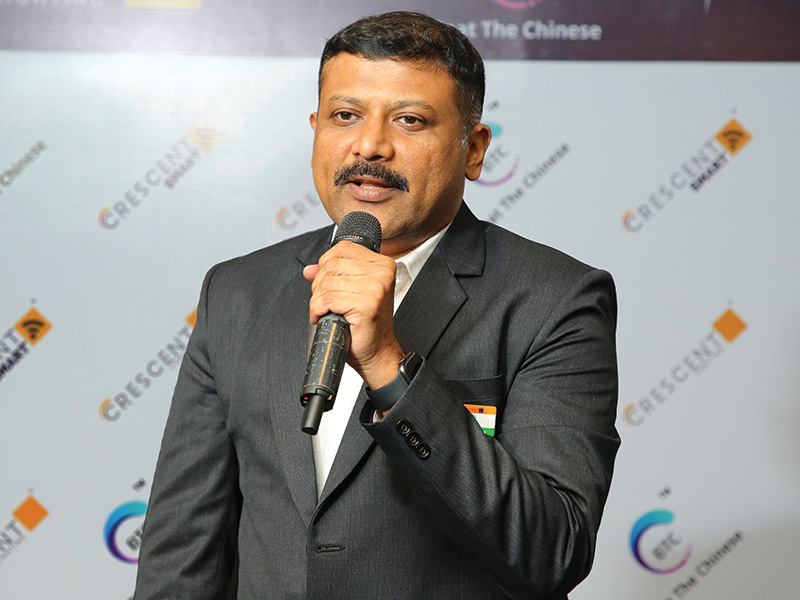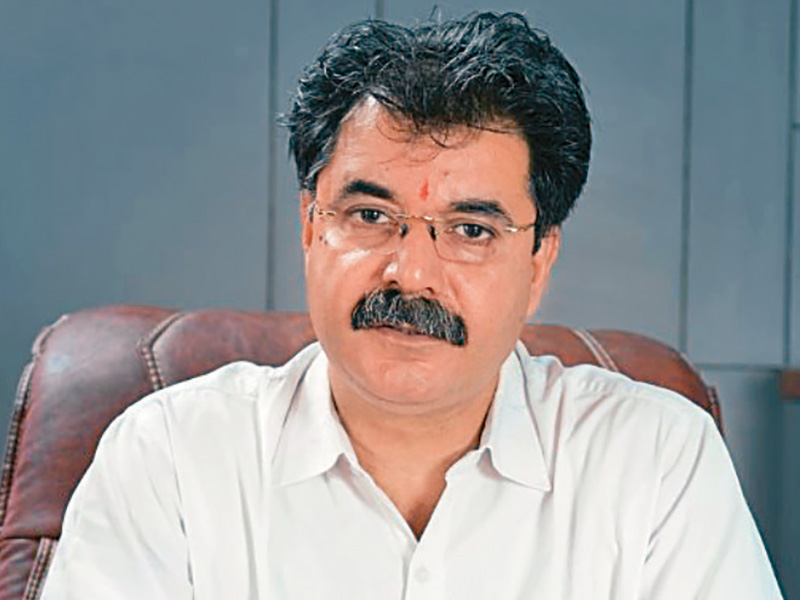Brian Pilley, Director, M Moser Associates
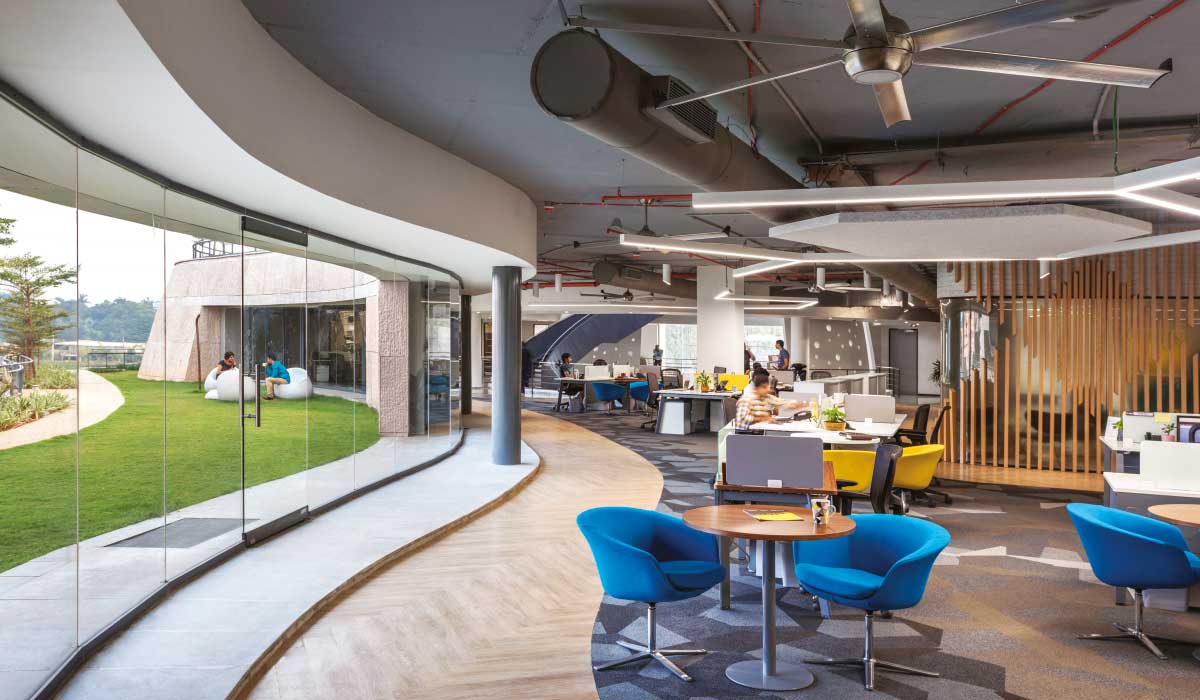 In Titan’s Bangalore headquarters, ceiling fans enable free movement of natural air, thereby discounting the need for air-conditioning and creating an ambient temperature throughout the workspace.
In Titan’s Bangalore headquarters, ceiling fans enable free movement of natural air, thereby discounting the need for air-conditioning and creating an ambient temperature throughout the workspace.How will the built environment change in the aftermath of the pandemic?
When it comes to workplace environment, new remote working policies have forced companies to rethink their real estate footprint. While some businesses have opted to reduce the size of their office spaces, others, for example, have decided to open multiple satellite offices closer to their employees’ home. There is never a one-size-fit-all solution, but we have been observing some trends:
- Anticipating future uncertainties, workplaces and buildings in general require more flexible, adaptable, and future-proof configurations to support changing needs.
- A healthy and attractive workplace is a good strategy to attract and retain employees. Despite differences in remote work preferences, workplaces are shifting the focus of their space configuration away from individual workstations and become more of a vibrant destination, wherein face-to-face interactions and engagement thrive.
- Air quality has taken center stage. At M Moser, we encourage our clients to opt for high-quality air conditioning with better filtration system and natural ventilation whenever possible.
- Design and architecture will have to support inclusivity, diversity and mental well-being. Everyone should be able to not only access but also use the same spaces.
We will see more adaptive reuse, low rise constructions, and environmentally friendly developments, use of non-toxic building materials, and architecture that connects with Nature
Brian Pilley
What can be done to improve the quality of our built environment?
In India, very little is done in terms of waste management, energy saving and water consumption. Buildings need to become more sustainable, but this doesn’t mean compromising on the design. Simple and natural solutions like using trees and plants can improve shading, moderate temperature, increase the level of oxygen, and the absorption of CO2 and toxins. The usage of renewable energies (solar, wind, biomass, etc) should also be considered.
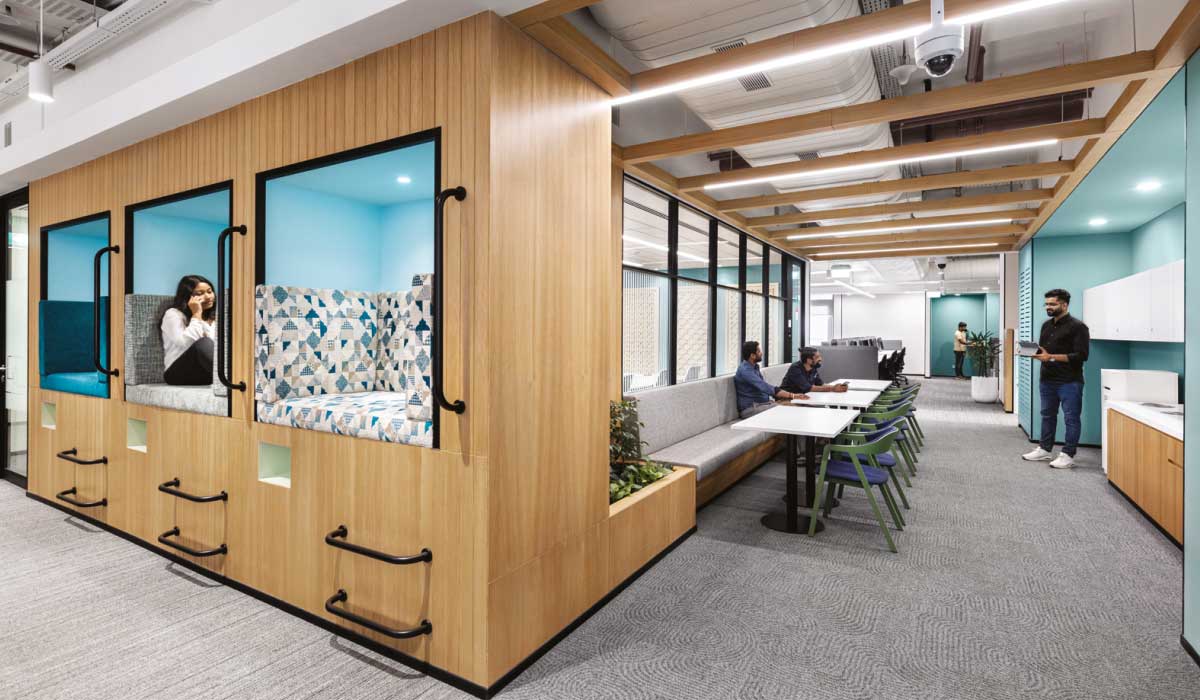 PayPal’s future-proofed and culturally infused office in Bangalore is a collaborative hub for talent attraction, incubation, and innovation.
PayPal’s future-proofed and culturally infused office in Bangalore is a collaborative hub for talent attraction, incubation, and innovation.What architecture trends do you foresee?
Sustainability along with wellness of the end-users will become a dominating trend. Reusable, renewable, and biodegradable materials such as wood, clay bricks, straw bales, adobe, and cob will be prioritized.
As architects, we have the responsibility to do our best to protect our planet, mainly through carbon reduction, and also protect people and their health. The latter can be achieved by using non-toxic materials, providing access to natural light and fresh air, encouraging movement, and facilitating comfort.
Instead of digging-up everything and keep on constructing, we should start working more with nature rather than against it. Repurposing and restoring buildings should be considered more often.
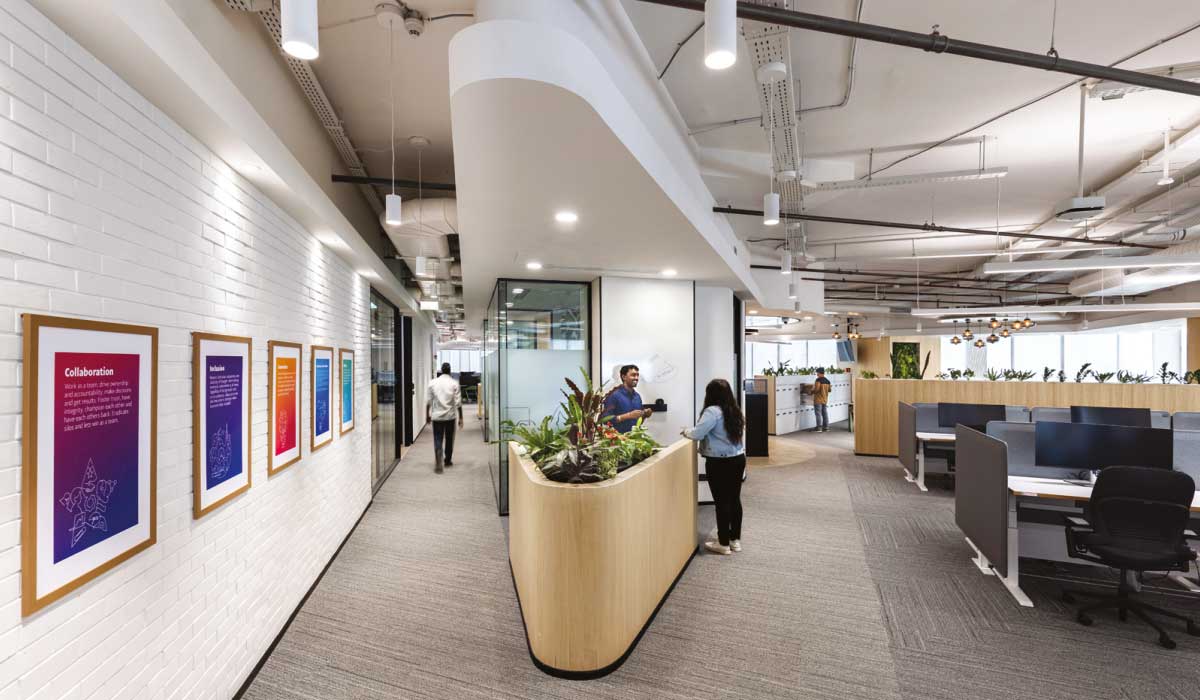 PayPal’s new Bangalore office supports diversity and inclusivity, for example; it offers genderless toilets, is wheelchair accessible, displays brail signage, and has raised floor markers.
PayPal’s new Bangalore office supports diversity and inclusivity, for example; it offers genderless toilets, is wheelchair accessible, displays brail signage, and has raised floor markers.How will architecture adapt and change?
Architecture will reconnect with nature. We will see more adaptive reuse, low rise constructions, and environmentally friendly developments that take into consideration the fauna and flora surrounding them. When architecture gets closer to nature, it will also allow for humans to reconnect with animals, birds, and other life forms.








